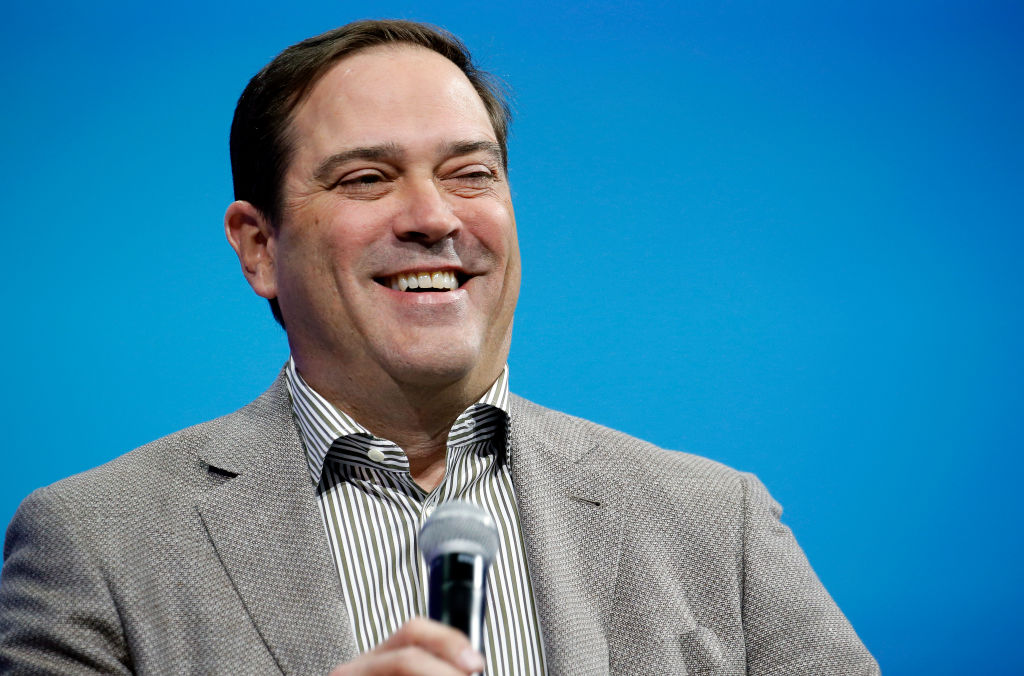Cisco CEO Tells Staff Jobs Are Safe, Urges Others to Avoid CutsCisco CEO Tells Staff Jobs Are Safe, Urges Others to Avoid Cuts
"Why would we contribute to the problem?”
April 9, 2020

Ian King (Bloomberg) -- Cisco Systems Inc. Chief Executive Officer Chuck Robbins said he’s told staff not to worry about losing their jobs and urged other companies to follow his example when possible.
“We’re actively involved in the community trying to help people who’ve been impacted by this, why would we contribute to the problem?” Robbins said in an interview. “There are companies whose revenue has gone to zero who have no option. To me it’s just silly for those of us who have the financial wherewithal to absorb this, for us to add to the problem. It’s illogical.” Cisco, based in San Jose, California, has about 75,000 employees.
Robbins said Cisco is focused on the near-term response to Covid-19 and has little visibility into how the economic downturn will affect its business farther out in the future. For now, the largest maker of hardware that handles internet traffic is rushing to meet demand for its Webex conferencing business and help customers expand their online capabilities, he said.
Like other hardware makers, Cisco has seen increased demand from corporate customers that are experiencing a surge of online activity or trying to support more employees working from home. It’s too early to say whether that’s a short-term bump or a more permanent shift in the way companies do business, he said.
“Customers got to the point they’re at now by using everything they could to get up and running,” he said. “There’s a thesis that says some of our customers are going to go through an upgrade cycle. But we don’t know.”
Some industries such as health care, higher education and financial services may be among those that build up their infrastructure to adjust to these changes more permanently, he said.
Robbins said he’s spending a lot of his time on efforts by Cisco employees to help local communities. The company has implemented programs such as removing conferencing hardware from offices that are empty and sending it to hospitals. They’re using such gear to implement new procedures like remote patient check-ins, he said.
About the Author
You May Also Like









